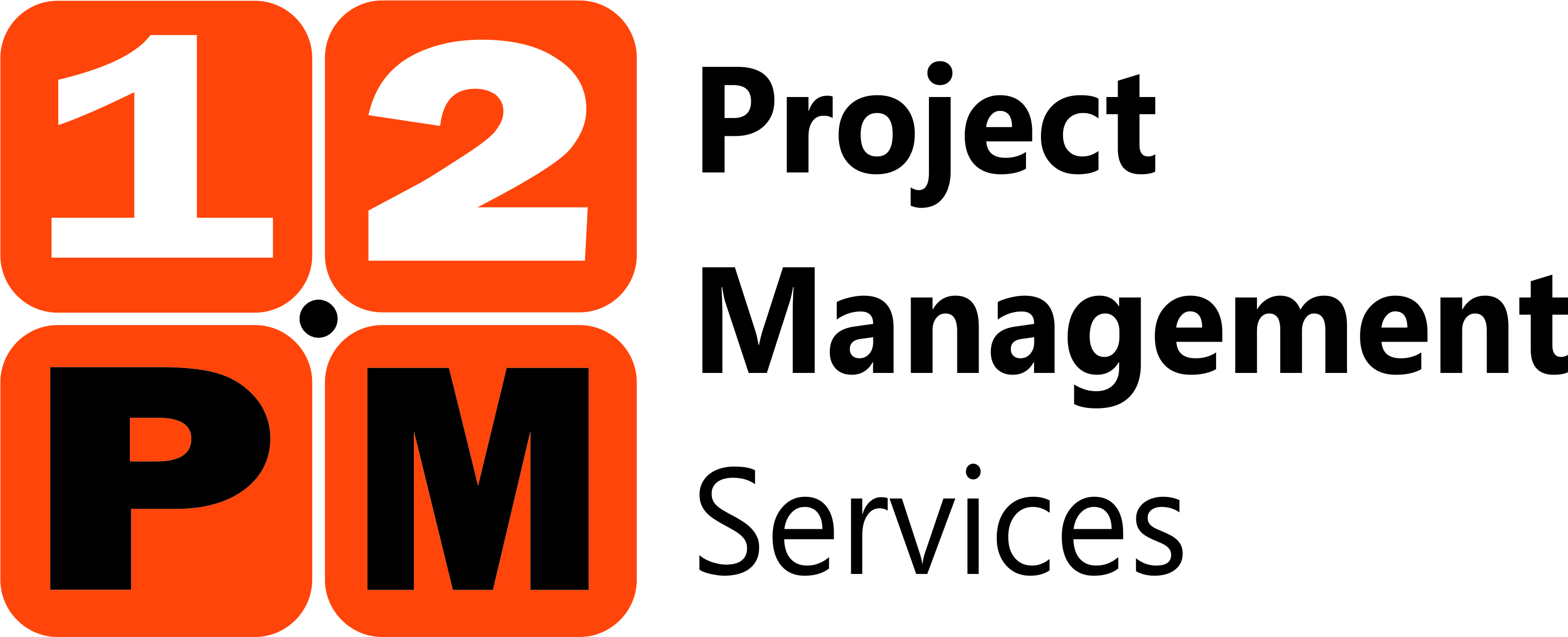“It is clear from many project experiences that there is a poor understanding of benefits management within a project or an organizational context. In some respects benefits management is more aligned to business planning processes than to project management, so it would be expected that managers would be able to look at the strategic management processes within their own organization for guidance. However this is not necessarily the case, benefits management appears to be in its infancy (Trish Melton; Jim Yates; Peter Smith, 2008)”.
A complete series of reports that will cover the benefit management to its full extent will include identification of benefits, execution management and sustainment of benefit realization. As the first part of this series, the specific report dealt only with the benefit’s identification and it showed how true the statement above was. Dr. Cooke-Davies completed this study on behalf of PMI and found that around 40 per cent of the 1189 surveyed respondents consider project managers responsible to deliver the identified benefits while an equal percentage considers that such responsibility lies with the higher executives or the sponsor.
However, a topic of common and primary concern to both should be the delivery of project benefits. And this is something frequently overlooked. “When organizations establish procedures for identifying the benefits projects are expected to deliver, they are practicing the essential first step in benefits realization management. This activity enables them to establish a method for monitoring progress toward the desired results” (Davies, 2015).
But how can organisations start benefit identification? Take the first step while selecting or implementing projects and do it from a different perspective; instead of insisting on ROI or cost, focus more on the final outcome. Invest in those that will bring the best results. Benefits should be part of the business case and continuation or early termination of projects should be made on benefit measurements. The study depicted that enterprises with high value realization maturity spend 67 per cent less than those with low maturity. On the other hand a substantial 83 per cent of organisations displayed low maturity and hence an ill-understanding of project contribution to the business strategy.
This low maturity suggests the lack of a business wide approach for benefit realization. Having in place a framework to realize value enables early identification, analysis and subsequently a better decision making. It also allows for distinction of roles, assignment of responsibilities and attention to metrics. It is imperative that the enterprise not only identifies expected benefits but also knows how to measure, communicate and track them long after the project implementation. Participants in the value identification process should be able to reply to questions that describe the motives behind the undertaking of a specific initiative or the bearing of responsibility to sign off and ensure value realization. Additionally, they must participate in activities like the definition of objectives and critical success factors, the quantification of these business benefits and the development of key performance indicators.
This study showed that “many organizations are missing the opportunity to understand what would help them improve business success” (Davies, 2015). Contrary, organisations that perform better put an emphasis on the conversation about project and program importance to organisational success. It was discovered that projects which achieved early benefit identification attained their goals and business intent up to 74 per cent while the respective percentage for projects that failed to do so went up to 48 per cent.
The findings of this study suggested that an early collaborative effort has higher rate of success if it involves various stakeholders like project teams, executives, business owners and the project manager in an orchestrating role. However, although organisations share this point of view and regard the project manager, up to 38 per cent, an important player in the benefit identification process they do not share the same view when it comes to alignment of value with strategic goals. That percentage goes down to 27.
The lack of a strategic view explains why half of the researched organisations cannot explicate and effectively identify benefits delivered by their projects in terms of achieving business goals. Additionally erroneous benefit identification can exist if the strategic objectives do not direct the benefit discussion; only one third of the organisations reported that they can distinguish among short term and long term value. Absence of a strategic view demonstrates also why half of the organisations fail to align benefits with strategic goals, even in the case where these were identified correctly. Considering however that strategic goals can change rapidly in a dynamic economic environment the project team should be alerted to potential change project requirements in response to respective benefit shifts.
Benefit realization ensures justification of projects and programs and increases their success rate. Especially in cases where benefits are identified at the conception of the projects then most of them meet business intent and demonstrate better results in terms of time and cost. Determining benefits is only the first step of value management, but even in this initial stage organisations that effectively accomplish it followed three common practices:
- They stressed the importance of project management as a mean to successful strategy implementation and early benefit identification to produce intended business outcome.
- Put forward benefit identification as a responsibility split among the executives, business owners and the project teams.
- Understand the contribution of projects to the business strategy. They realize the seriousness of harvesting the outcome of their initiatives, tangible or intangible.
Overlooking these practices is significant, but only identifying the benefits will not realize them; fulfilment comes through project execution and follow on sustainment.
Bibliography
Davies, T.C., 2015. Identify benefits to drive business results. Pulse of the Profession. PMI.
Trish Melton; Jim Yates; Peter Smith, 2008. Project Benefits Management: Linking Projects to the Business. Elsevier.




